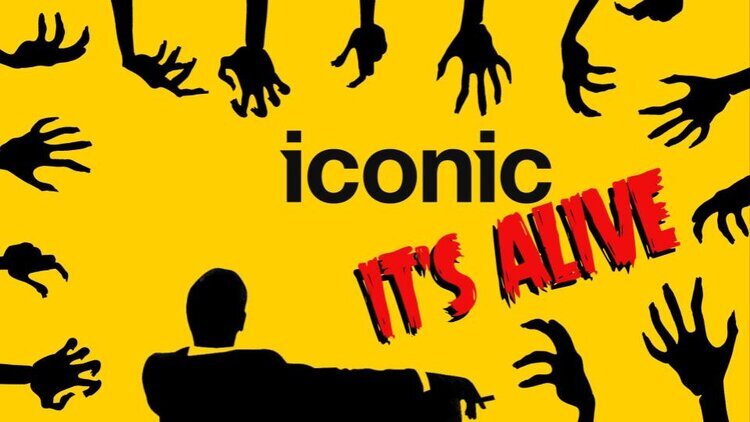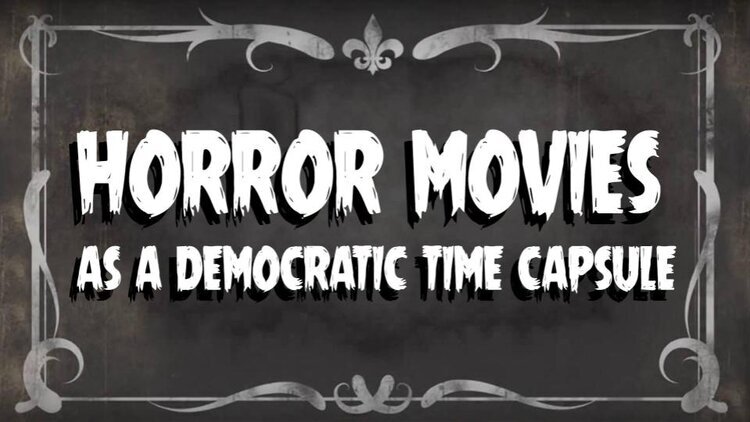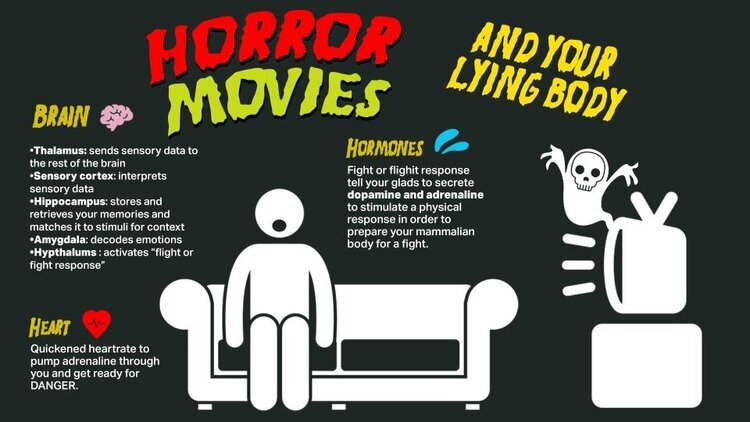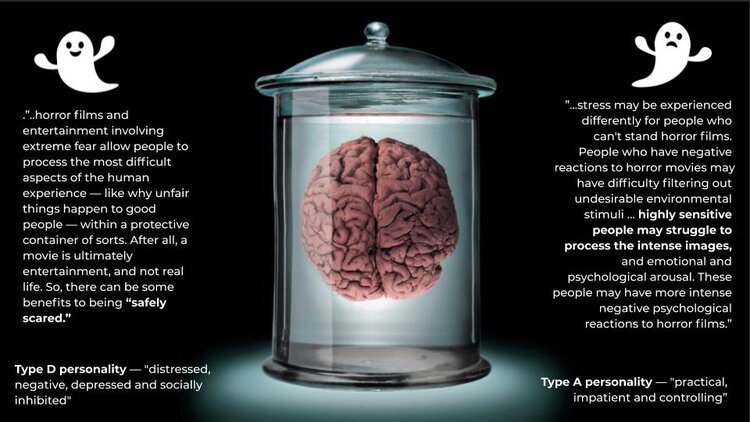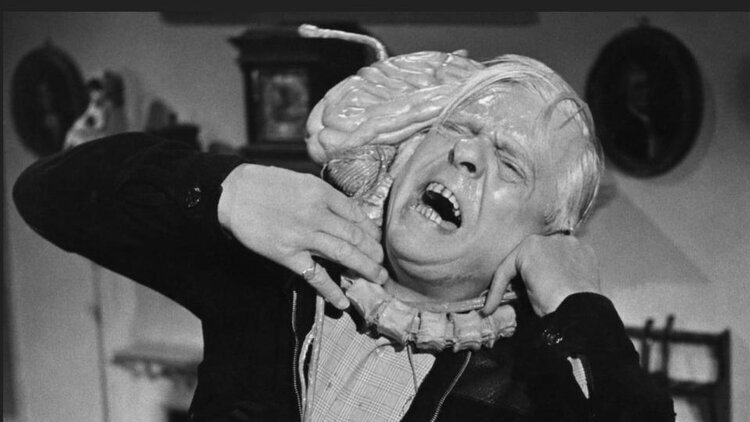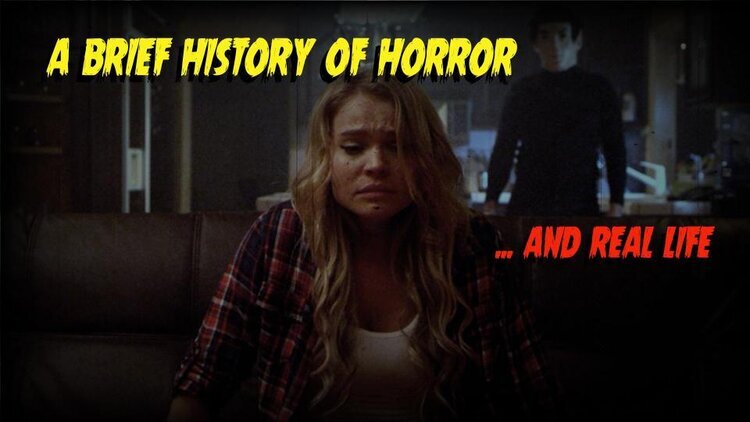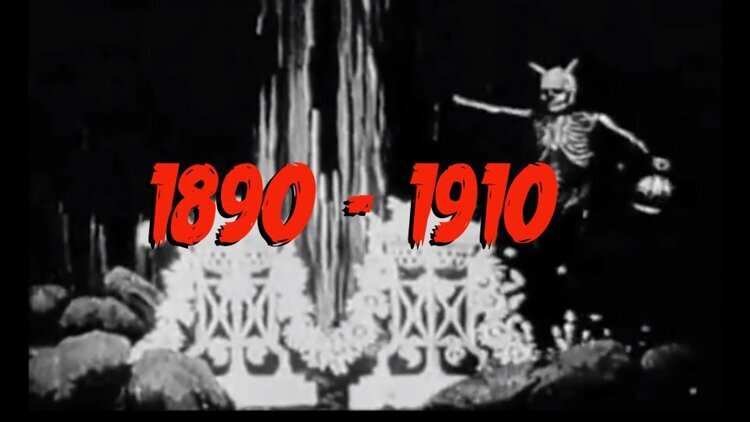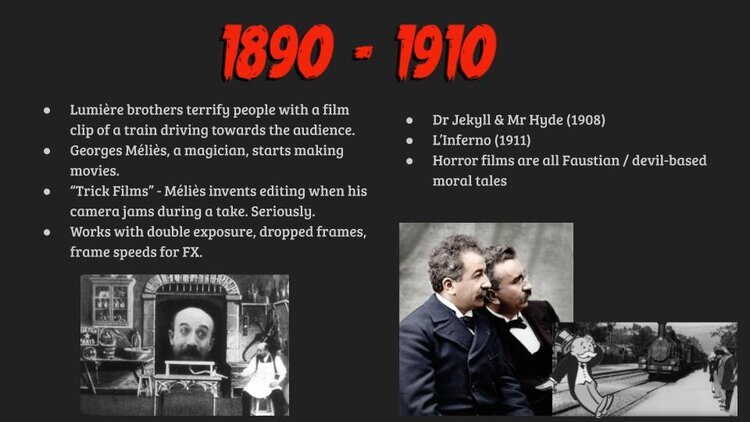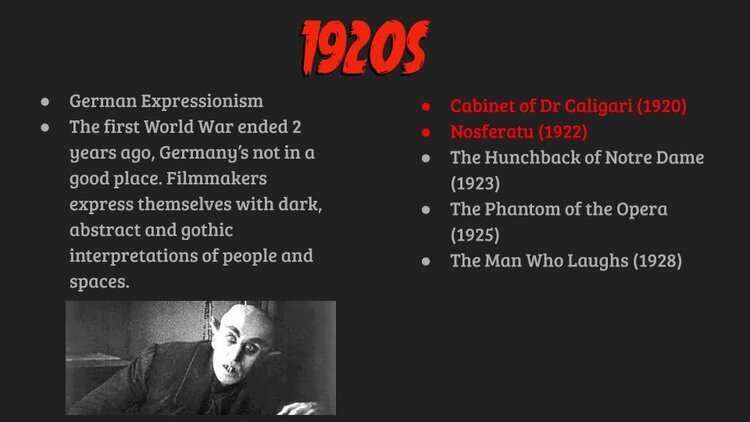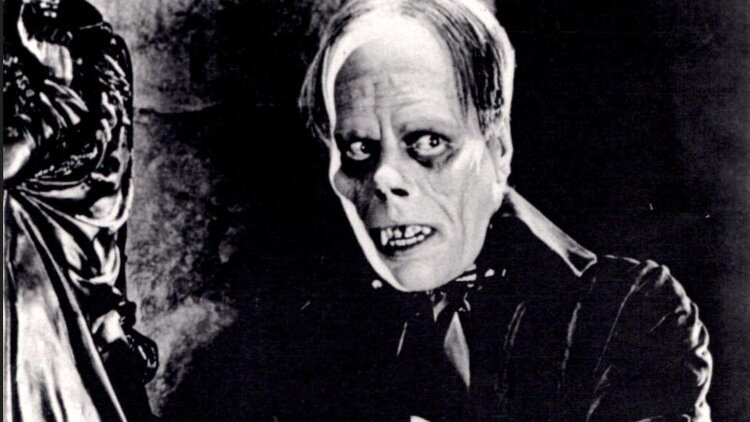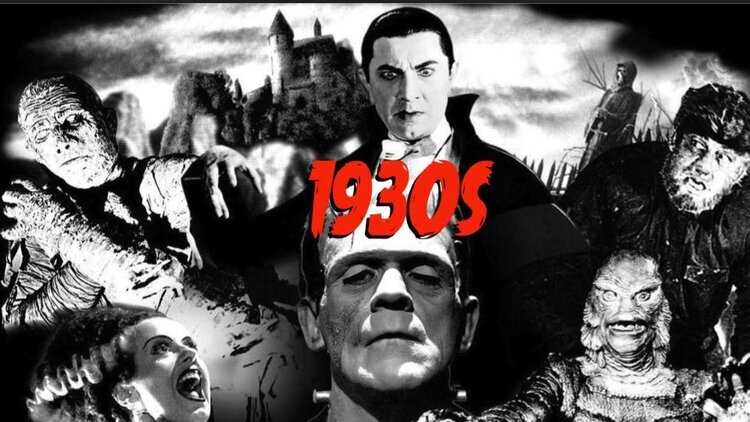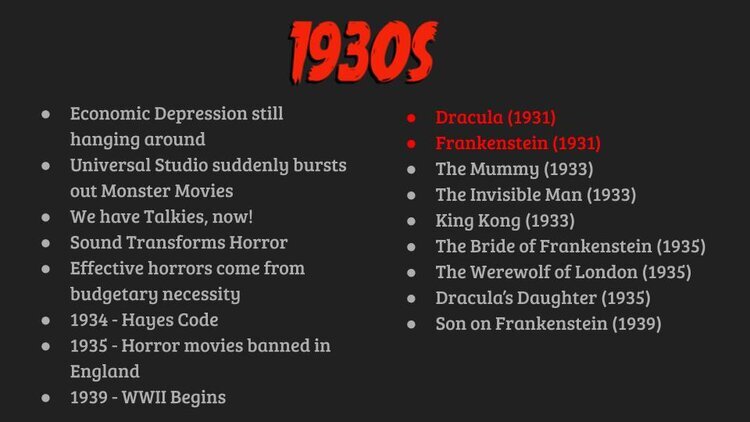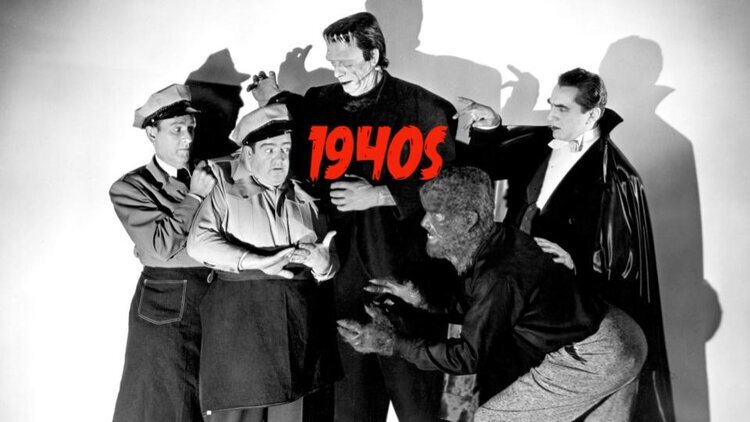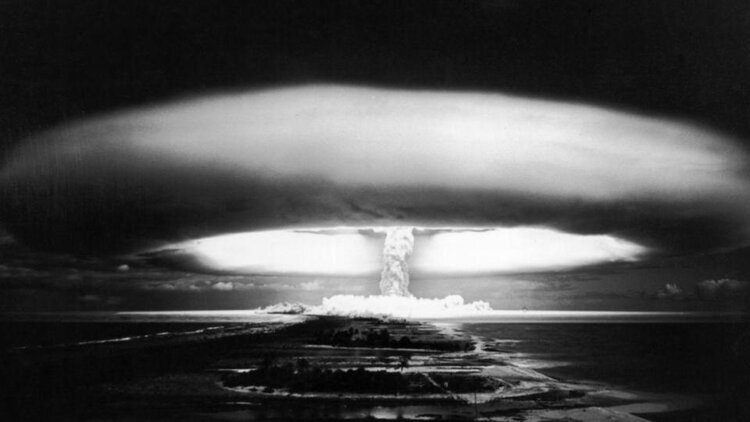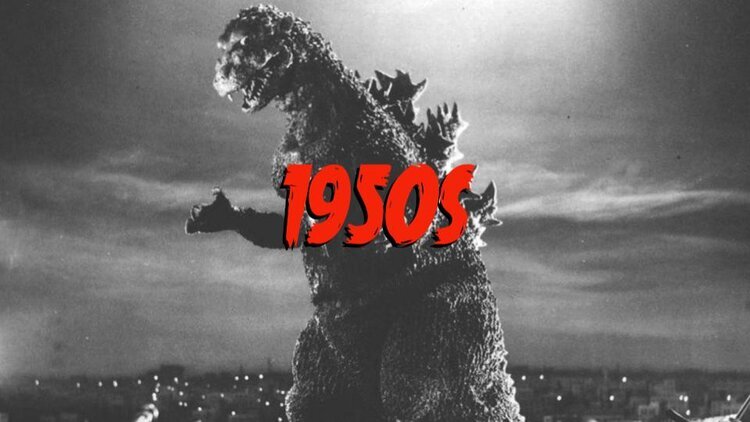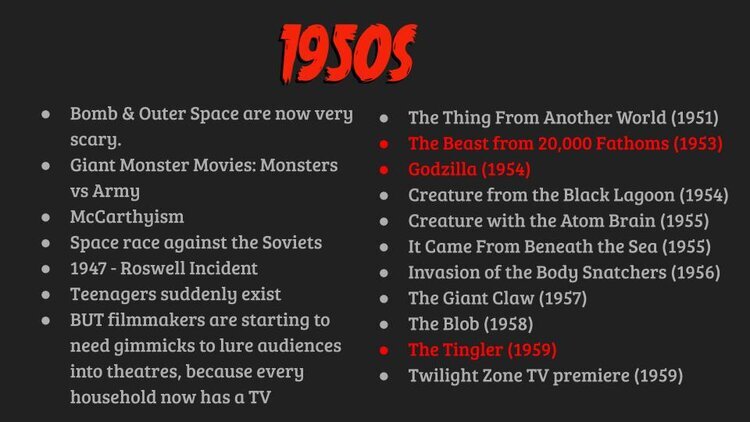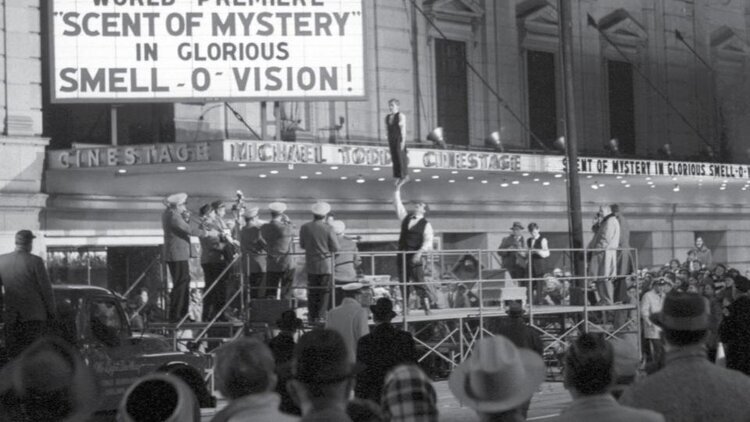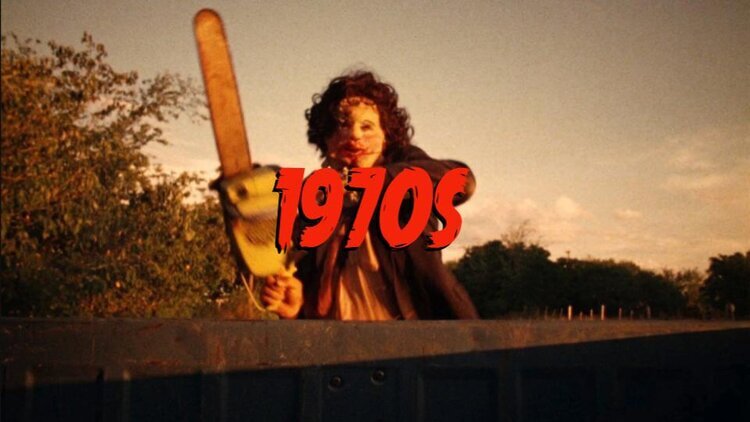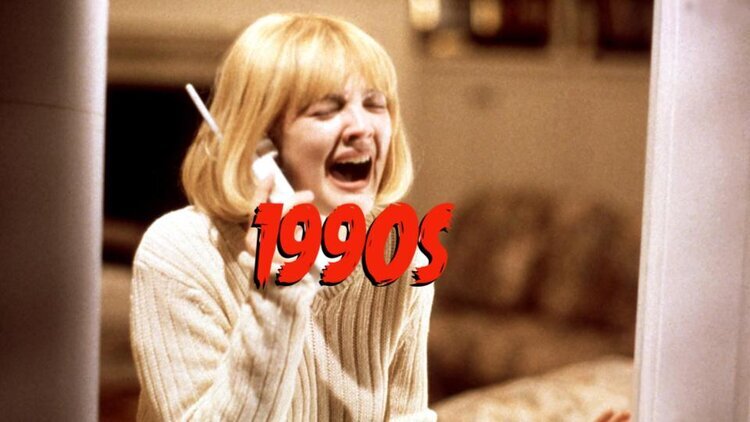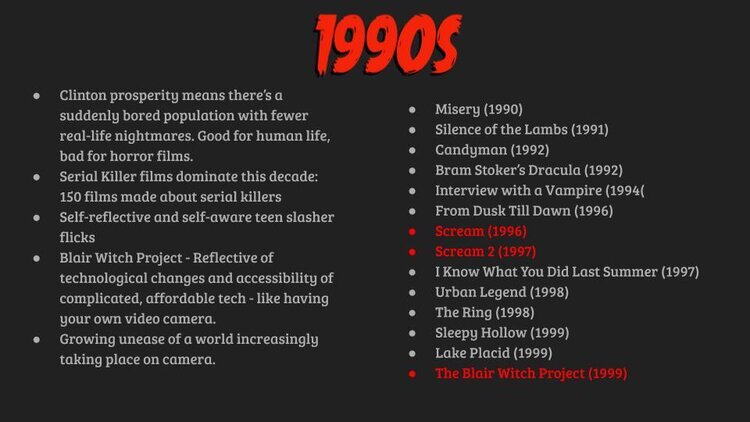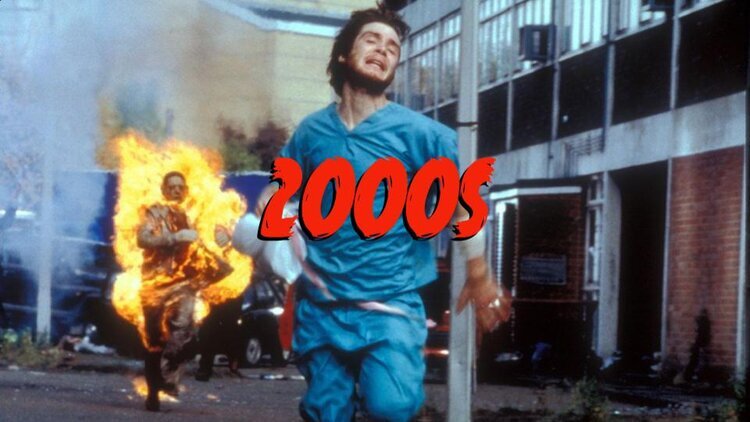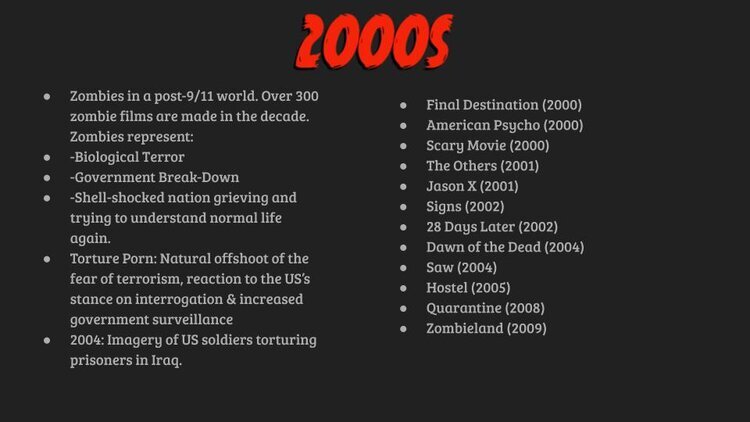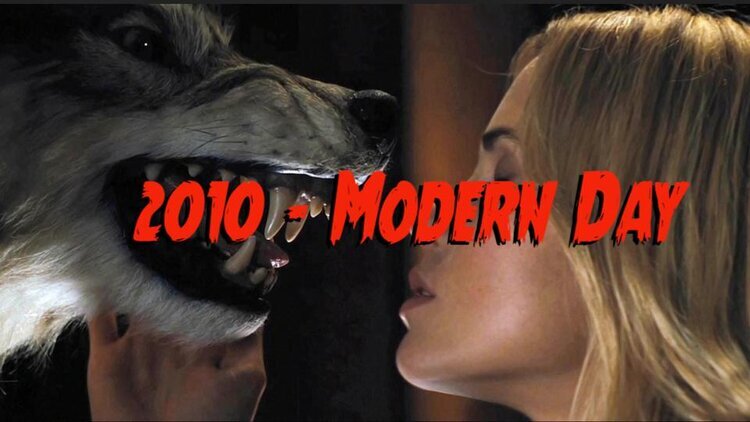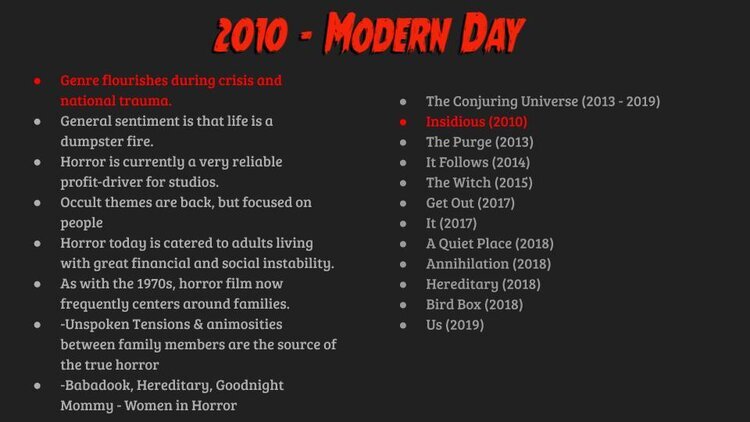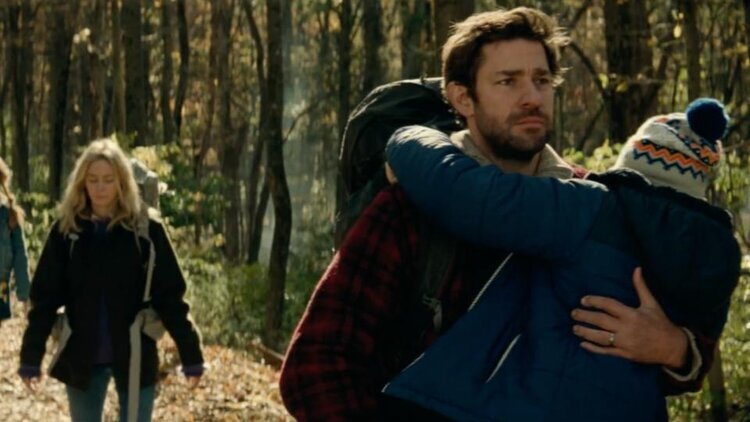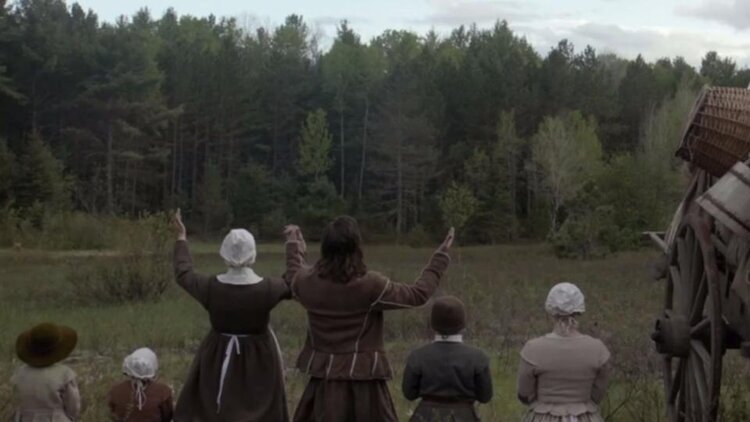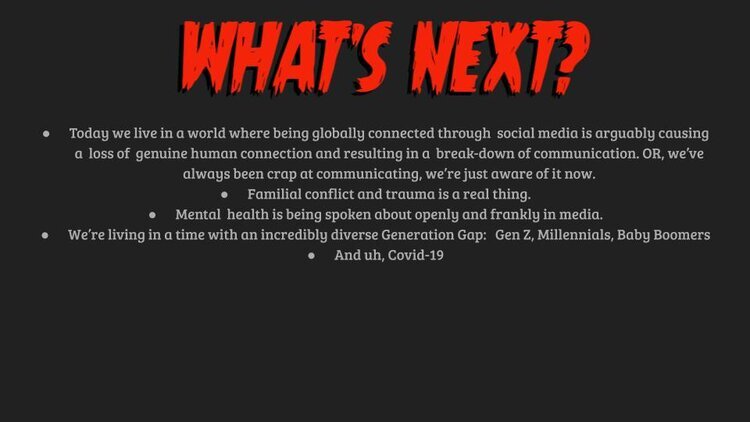Horror Movies as a Democratic Time Capsule
I’m in lockdown so I’ve had a lot of time on my hands to watch, re-watch and generally think about films I love, and my favourite genre is horror. Not because I’m a sadistic ghoul, and I’m not here to convince you to love horror movies and to try and out-gross everyone in the room like you’re trying to impress a surly teenager with a nose ring.
HOWEVER, I don’t think you need to be a fan of horror films at all to appreciate the cultural mirror they’ve held up to society’s apparent and subconscious fears through the past 100 years. Horror movies today are simply not the same finger-wagging boogiemen flickering on the silent screens of the picture shows from the 20s, and advances in technology simply can’t take all the credit for that.
I’ve called this “Talk” we’re having, which you’re unfortunately having to read, unless you want to sound each word out aloud, that’s okay too, “Horror Movies as a Democratic Time Capsule”, and I’ve chosen this wording because I think it’s amusing to think of the film as a democratic art form in the sense that the finished product is the sum of many parts - that is, many actual people working together to finish a movie, rather than a single artist channelling a statement through a painting or a sculpture or a poem. Democracy isn’t a perfect metaphor here, but then democracy doesn’t always behave very democratically either - my point is that film is a good reading of a very particular sentiment that would have been channelled through a lot of ostensibly creative collaborators working towards a final product.
The slide presentation is a whirlwind per-decade parallel of how the most popular horror movies of the past 10 years are linked to the prevalent societal fears and concerns at the time. The films listed here are by no means definitive nor prescriptive - just genuinely interesting mirrors to significant events in World History.

